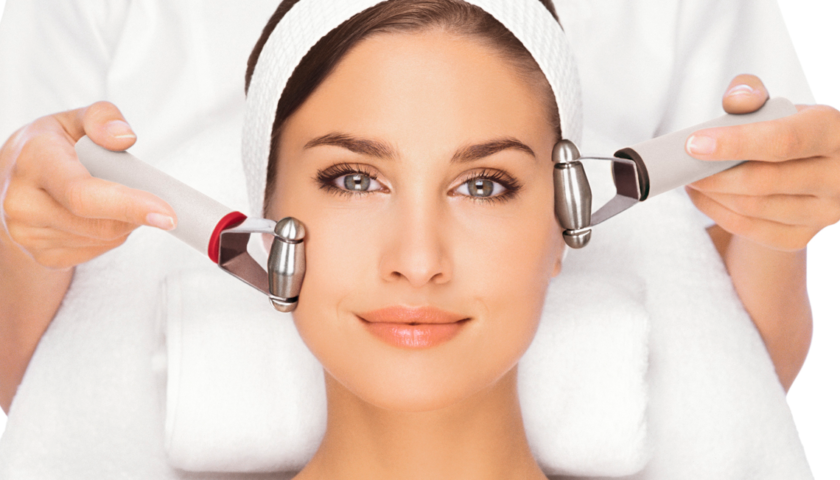THE WHAT? Walgreens Boots Alliance Q4 results have beaten industry forecasts, with the company reporting a US$415 million loss in the quarter that ended August 31, with sales falling 5 percent to US$32.45 billion.
THE DETAILS Fourth quarter operating loss from continuing operations was US$822 million compared to operating income of US$910 million YOY.
According to the company, “Net loss from continuing operations in the fourth quarter was US$415 million compared to net income of US$358 million in the year-ago quarter, reflecting the decline in operating income, which was partly offset by the favorable impact of a lower tax rate, and a gain on the sale of a portion of the Company’s equity method investment in Option Care Health.”
THE WHY? The retailer was said to be hit by a drop in COVID-19 vaccinations, as well as a US$783 million non-cash impairment charge from its Boots UK business.
Chief Executive Officer Rosalind Brewer said: “WBA has delivered ahead of expectations in the first year of our transformation to a consumer-centric healthcare company. Our resilient business achieved growth while navigating macroeconomic headwinds. Fiscal 2023 will be a year of accelerating core growth and rapidly scaling our U.S. Healthcare business.
“Our execution to date provides us visibility and confidence to increase the long-term outlook for our next growth engine and reconfirm our path to low-teens adjusted EPS growth. Our strategic actions are unlocking sustainable shareholder value as we simplify the company and continue our journey to being a healthcare leader.”
Looking forward, WBA is expecting fiscal year 2023 adjusted EPS of US$4.45 to US$4.65 as ‘strong core business growth is more than offset by lapping fiscal year 2022 COVID-19 execution, and currency headwinds.’
It is also raising its U.S. Healthcare fiscal 2025 sales target to US$11 billion to US$12 billion, with the segment expected to achieve positive adjusted EBITDA by fiscal year 2024.
Injectable aesthetics are popular due to their ability to provide noticeable results with minimal downtime compared to surgical procedures. They are versatile and can be tailored to meet individual aesthetic goals, whether it's enhancing lips, restoring facial volume, or smoothing out wrinkles. However, they should always be administered by qualified professionals to ensure safety and achieve optimal results.
Injectable aesthetics are used to enhance facial features, reduce the signs of aging, and improve overall facial symmetry and appearance.
Key types of injectable aesthetics include:
-
Dermal Fillers: These injectables are used to add volume, fill in wrinkles and folds, and enhance facial contours. They often contain substances like hyaluronic acid, collagen, or calcium hydroxylapatite, which help plump up the skin and smooth out fine lines and wrinkles.
-
Botulinum Toxin (Botox): Botulinum toxin injections temporarily relax facial muscles that cause wrinkles and lines to form. It is commonly used to treat forehead lines, frown lines between the eyebrows, and crow's feet around the eyes.
-
Collagen Stimulators: These injectables stimulate the body's own collagen production, helping to improve skin texture and firmness over time. Examples include poly-L-lactic acid (Sculptra) and calcium hydroxylapatite (Radiesse).
-
Neurotoxin Injections: Besides Botox, other neurotoxins such as Dysport and Xeomin are used similarly to reduce wrinkles and lines.



